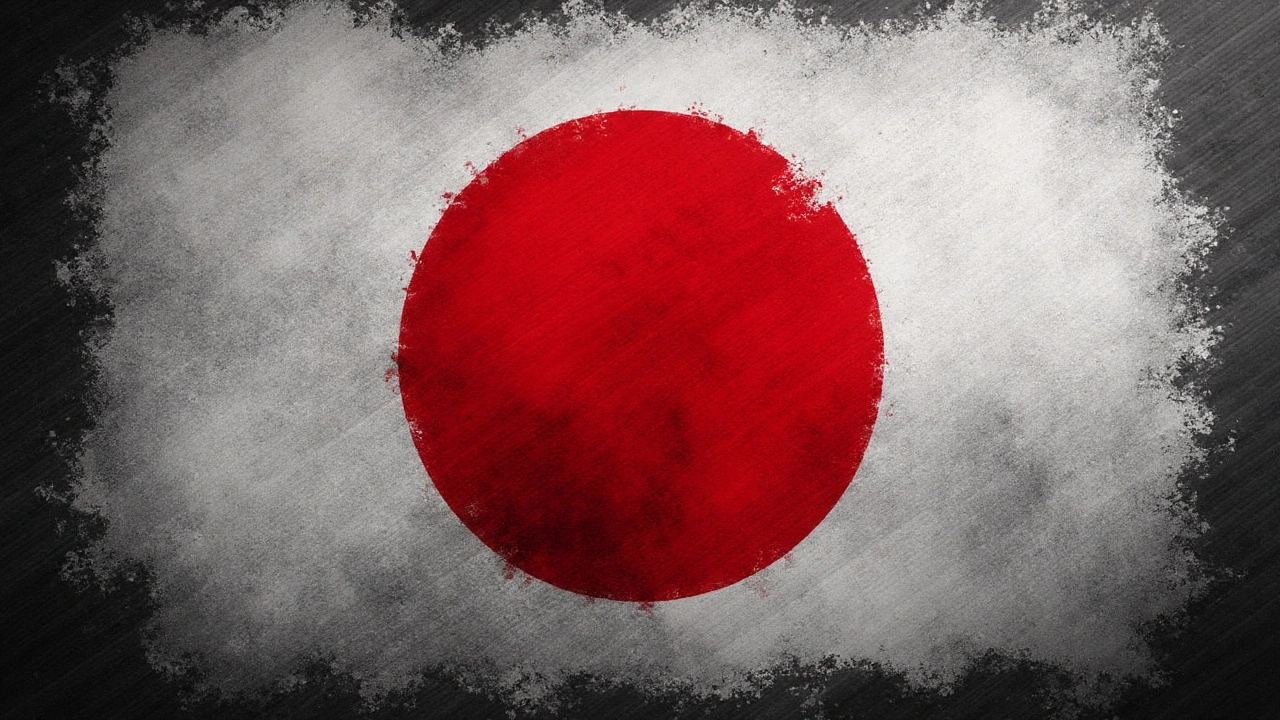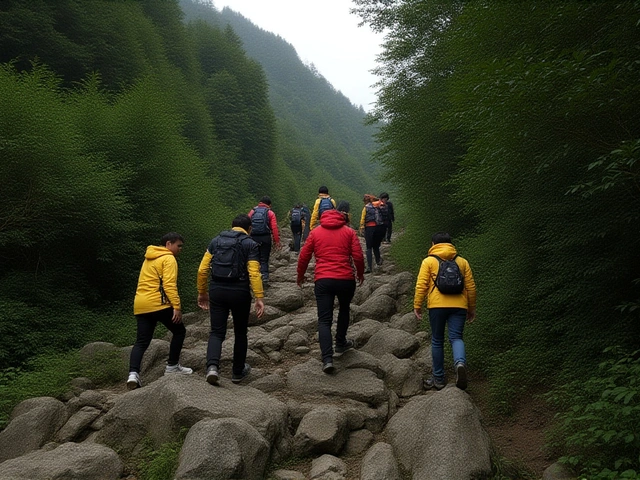Official announcement at Tokyo Game Show 2025
On September 25, 2025, Microsoft used the high‑profile stage of the Tokyo Game Show to pull back the curtain on Forza Horizon 6. The reveal confirmed that the next entry in the open‑world racing franchise will be rooted in Japan, a first for the series that has previously hopped between the United States, Europe and Australia. Alongside the setting, Microsoft set a tentative 2026 release window, giving developers a clear timeline while giving fans plenty of room to speculate.
The footage shown featured neon‑lit streets of Tokyo, winding mountain roads reminiscent of the Japanese Alps, and cultural landmarks that suggest the game will blend high‑speed thrills with a uniquely local flavor. Executives highlighted new weather dynamics and a deeper integration of Japanese car culture, promising exclusive models and tuning options tied to the region.
What the pre‑announcement leaks hinted at
Months before the official broadcast, various third‑party sources leaked snippets that pointed toward a Japanese backdrop. Although the leaks were vague—mostly pixelated screenshots and fragments of code—they sparked a wave of online chatter. Fans pieced together clues about new map locations, possible collaborations with Japanese automotive brands, and even a rumored "Cherry Blossom" seasonal event.
- Early screenshots showed a silhouette of Mount Fuji in the distance, fueling speculation about high‑altitude tracks.
- Data miners uncovered references to "Kanto" and " Kansai" in game files, hinting at multiple regions within Japan being explored.
- Rumored partnership with a well‑known Japanese tuner hinted at exclusive performance parts unavailable in previous titles.
These leaks, while unverified, set the stage for a louder response when the official announcement dropped. The community’s excitement wasn’t just about a new scenery; it signaled Microsoft’s intent to deepen its foothold in the Asian gaming market.
Analysts note that positioning Forza Horizon 6 in Japan aligns with Xbox’s broader strategy to expand its console and subscription base outside North America and Europe. By tapping into Japan’s rich automotive heritage, Microsoft hopes to attract both hardcore racers and casual players drawn to the cultural aesthetics.
Developers from Playground Games, the studio behind the Horizon series, emphasized that the Japanese setting will influence more than just the visual palette. Expect new gameplay mechanics tied to local driving customs, such as tighter city traffic rules, drift‑focused mountain passes, and night‑time street races that echo the country’s renowned underground scene.
While concrete details about the pre‑announcement leaks remain limited, the contrast between rumor and reality highlights how anticipation can shape a game's narrative before it even launches. The 2025 reveal has turned speculative whispers into a solid roadmap, and the gaming community is already gearing up for what could be the most culturally immersive Horizon title yet.









7 Comments
I’m really excited to see Forza Horizon finally heading to Japan. The idea of cruising through neon‑lit Tokyo streets feels fresh and inviting. It’s nice that the developers are respecting local car culture while still keeping the fun accessible for everyone.
Absolutely! 🎉 Let’s enjoy the ride together!
The proclamation of a Japanese setting for Forza Horizon 6 is, on its face, an innocuous marketing ploy. Yet, behind the glossy trailers lies a labyrinthine agenda orchestrated by the faceless cabal that steers the gaming industry. One must consider that Microsoft, in its relentless quest for market domination, has quietly infiltrated every cultural niche that promises lucrative synergy. The sudden emphasis on neon‑lit boulevards and cherry‑blossom festivals is nothing more than a calculated attempt to graft Western consumerism onto a sanctified Japanese aesthetic. It is a well‑known stratagem: co‑opt the symbols of national identity to mask the commodification of tradition. The alleged partnership with local tuners, whispered among the forums, could very well be a Trojan horse for embedding telemetry that feeds data back to an omniscient server farm. Meanwhile, the supposed "deeper integration of Japanese car culture" conveniently sidesteps the complex socio‑economic realities that make motoring in Japan unique. One must ask why the developers have chosen to highlight only the most glamorous facets-Mount Fuji silhouettes, drift‑focused mountain passes-while neglecting the quotidian drudgery of traffic that defines everyday driving. Such selective representation is a hallmark of cultural appropriation disguised as homage. Furthermore, the timing of the announcement at the Tokyo Game Show, mere weeks after the release of a certain console‑exclusive title, smacks of a coordinated effort to siphon attention away from competing platforms. The veneer of excitement generated by fan leaks serves as a distraction, a smokescreen that prevents a sober analysis of corporate motives. In the grand tapestry of the entertainment monopoly, this move is but a single thread, yet its color is strikingly conspicuous. Do not be fooled by the dazzling visuals; they are merely the siren song of an industry that thrives on perpetual consumption. The true cost of this venture will be measured not in sales figures but in the gradual erosion of authentic cultural expression. Hence, the discerning gamer must approach this release with a healthy dose of skepticism, lest we become unwitting participants in a grandiose experiment. In summary, the announcement is less a celebration of Japanese automotive heritage and more a calculated maneuver in the relentless chess game of global market share.
Indeed, the technical specifications disclosed hint at a robust engine architecture that could leverage the upcoming hardware revisions. However, it is essential to verify whether the claimed weather dynamics will truly affect gameplay or remain superficial. I would appreciate further data from the development team.
While the commercial motives are evident, one can also view this development as an opportunity for cross‑cultural dialogue. The melding of Japanese automotive artistry with a globally beloved franchise may inspire mutual appreciation. May the road ahead be paved with respect and shared enthusiasm.
It is incumbent upon us, as members of the gaming community, to champion authenticity over profit. By demanding transparency, we uphold the integrity of both the medium and the cultures it seeks to represent.
Allow me to elucidate: the historical interplay between corporate branding and cultural representation has been meticulously documented in numerous scholarly articles. Ignoring these precedents would be tantamount to academic negligence.